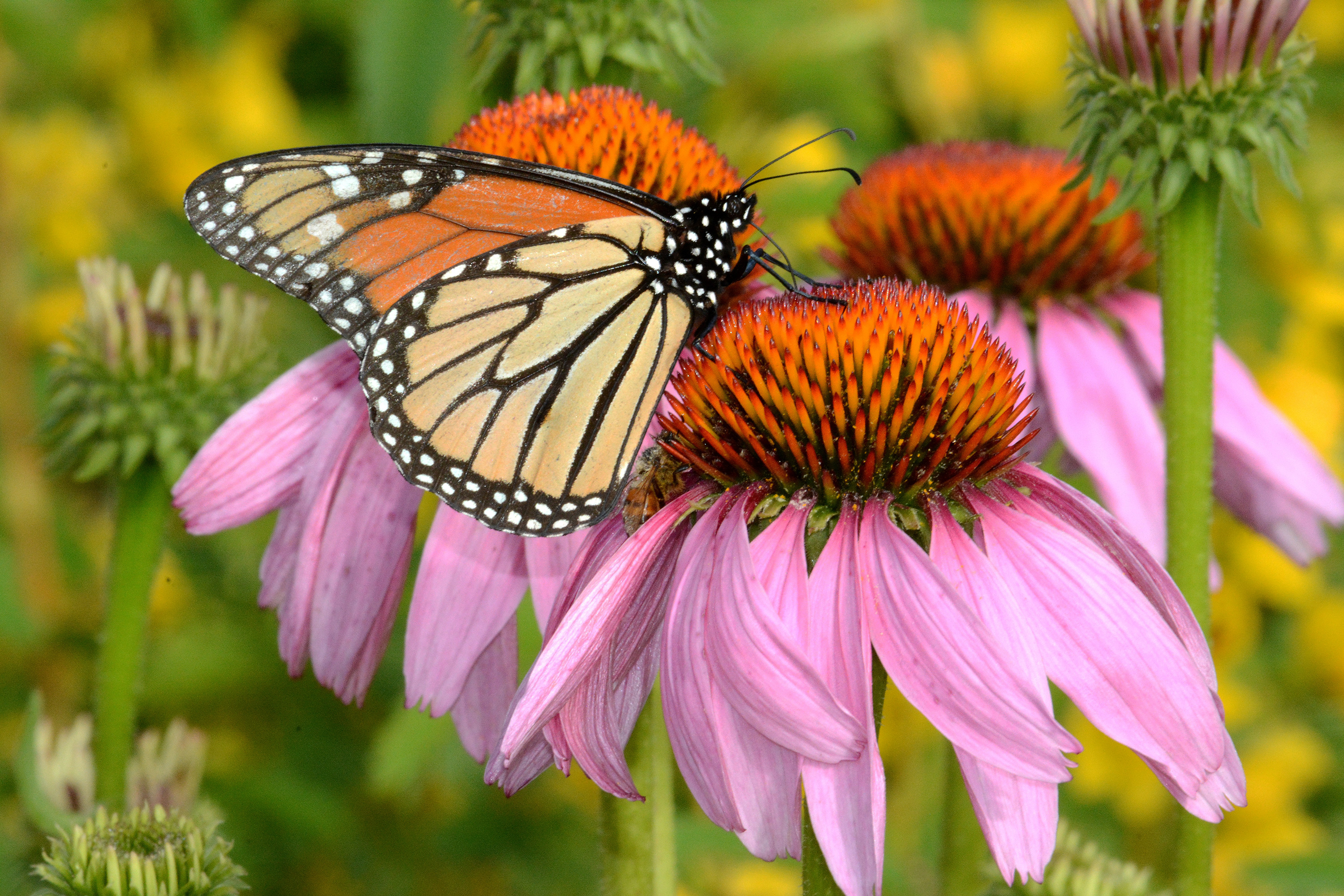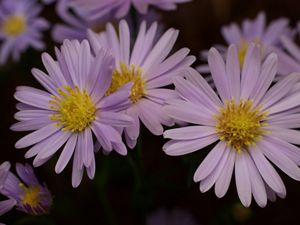
Garlic Mustard Garlic mustard harms native plants by outcompeting ephemeral spring wildflowers for sunlight and resources. © Lemanieh/Getty Images
It’s a sunny early spring day in southern Ohio. The trees’ still bare branches sway in a slight breeze and sunlight illuminates the forest floor. There, bright yellow flowers have emerged, carpeting the ground between the trees. Some of the woody shrubs already have leaves, bright green and shimmering.
At first glance, this would seem to be an almost idyllic nature walk. But for ecologists, land stewards and conservationists, it’s far more worrying than serene.
That’s because those blooming bright yellow flowers are lesser celandine and the leafed-out shrubs are Amur honeysuckle—both invasive species. And they’re just two examples of many species that are a huge problem for Ohio’s indigenous wildlife, plants and natural areas.
What is an Invasive Species?
Invasive species are nonindigenous plants, animals and microbes that are causing ecological harm by living outside their historic, native range where they evolved to their present form. In their original home ranges, these species have constraints on their ability to spread, such as predators, food availability and other competitive species.
However, once they’re outside their home range, those natural limits are reduced or disappear entirely, giving the invasive species a huge advantage over native species that still have those constraints within their environments.
As a result, invasive species can cause serious damage to Ohio’s natural areas and the animals and plants that live within those spaces. And it’s not just land-based ecosystems that are at risk—Ohio’s waterways are just as vulnerable to invasive species.
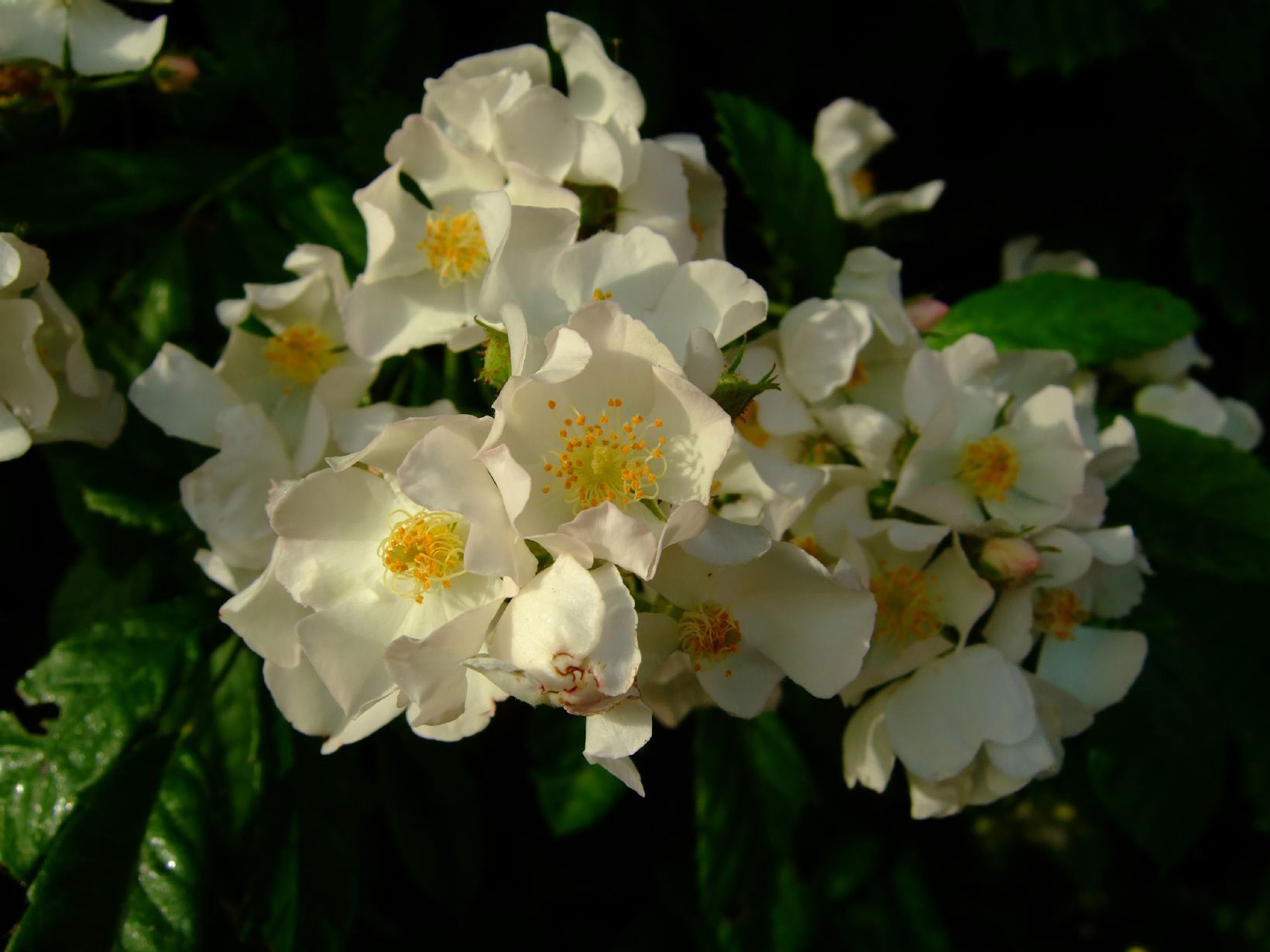
A Quick Glossary
There are a lot of confusing terms when it comes to talking about invasive species and what it all means, so here’s a quick guide to keep in mind.
Native or Indigenous: These are plants and animals that originated and developed within a habitat and are adapted to that ecosystem.
Non-native or Non-indigenous: These are plants and animals that are living outside of their home range, but they are not causing harm to the ecosystem where they are now found. That said, even though non-native species may co-exist well with native species, they still may not be as beneficial to a habitat as a native species would be. For instance, a non-native flower may not harm the surrounding habitat, but its pollen or nectar might not be as accessible to native bees as a native wildflower’s is.
Invasive: Non-native plants or animals that harm the environment and/or the economy are considered invasive. These non-native species can also hurt the health of people, animals or plants as they spread aggressively and take over the natural areas where they are now found.
It’s important to research and review any new plants you introduce to your yard or properties—even those found in local plant nurseries or stores can be problematic. Always plant species that are native to Ohio if you can and make sure that any non-native plants are not likely to spread outside of your yard or habitat. Check out some of our resources listed at the end of this page for more information on native and invasive plants in Ohio.
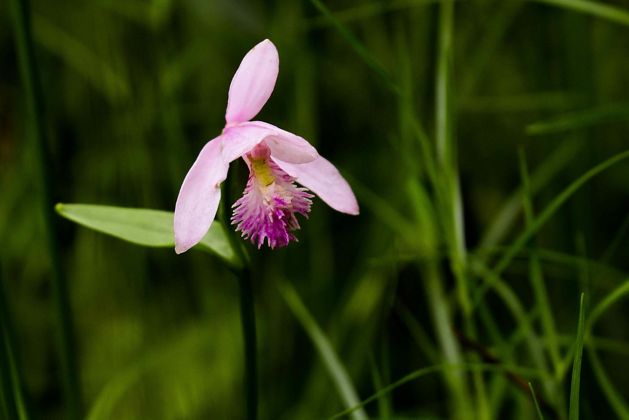
We Can’t Save Nature Without You
Sign up to receive monthly conservation news and updates from Ohio. Get a preview of Ohio's Nature News email.
What is The Nature Conservancy Doing about Invasive Species?
There isn’t just one answer or one solution to the threat of invasive species in Ohio. That’s why TNC's invasive species work in Ohio extends across a variety of disciplines throughout the state. In general, we tackle invasive species by focusing on three overarching practices:
Preventing the introduction of non-native invasive species
Detecting and responding to populations of invasive species in natural areas
Protecting and restoring native habitats, including efforts from planting native plants to large landscape-scale restorations
While these strategies can take years to show consistent results, our conservation staff and partners know that even with just a little help, nature is resilient and native habitats can flourish after invasive species are removed, given time and careful stewardship.
Our Work to Mitigate Invasive Species
Invasive Species in Ohio
Invasive Plants
According to the Ohio Department of Natural Resources, about 22% (around 500 species) of vascular plants (like grasses, trees or wildflowers) are non-native to Ohio. That seems like a lot, but the good news is that many of these plants are not invasive. Even though they aren’t indigenous to Ohio, they do not stray too far from where they were introduced and do not displace native plants within their habitats.
There are about 100 non-native plants that are considered problematic in Ohio. These plants are extremely harmful to our native plants, natural areas, agriculture and wildlife. Some, like wild parsnip or poison hemlock, can be detrimental to human health, too.
Invasive or Native?
Two of these plants are native to Ohio, but the rest are invasive. Can you spot the native species?
Invasive Wildlife and Aquatic Species
While plants are the most common type of invasive species, some wildlife species, such as feral swine are considered invasive. Many of these invasive wildlife species are insects, such as hemlock wooly adelgid (HWA) and the emerald ash borer.
Ohio's waterways are just as vulnerable to invasive species as the forests and prairies. Like on land, invasive species in wetlands and water can drastically alter the native ecosystems, displacing and harming indigenous wildlife and plants. What's more, aquatic invasive species can reduce drinking water quality, damage watercraft and make water unsafe for recreation.
Like with plants, most invasive wildlife and aquatic species are introduced to Ohio accidentally, through trade and shipments from other countries. Once here, these species find their way into our environments and spread rapidly.
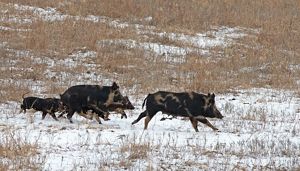
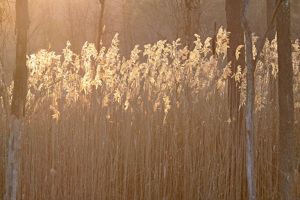
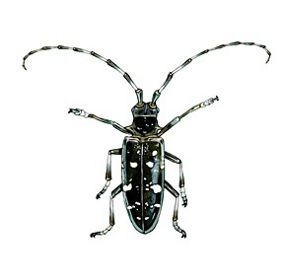
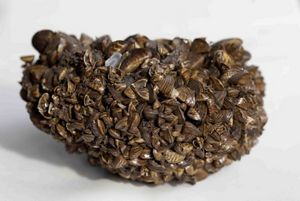


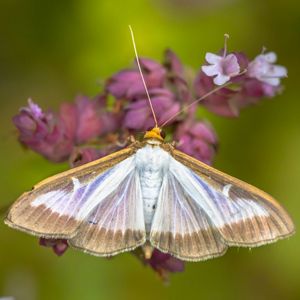
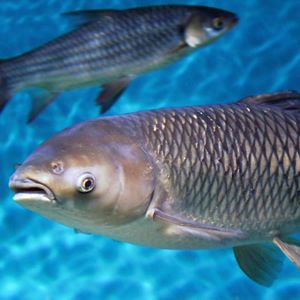



Feral Swine: Feral swine not only cause extensive damage to natural areas and agricultural areas, but they can carry several diseases that can be transmitted to people. © TNC

Phragmites: Non-native phragmites (Phragmites australis), also known as the common reed, is rapidly spreading and taking over habitats where native species once thrived. © Danae Wolfe/TNC

Asian Longhorned Beetle: The larvae of these beetles eat the inside of a variety of trees, weakening their branches and potentially killing the trees. © Michael Hoeweler

Zebra Mussels: Thanks to their abilities to rapidly grow and stick to just about everything, zebra mussels have spread through all five Great Lakes and the Ohio River basin. © paulmerideth.com

Sea Lamprey: Native to the Atlantic Ocean coasts, sea lampreys were introduced to the Great Lakes in the 1920s. They are parasitic and have contributed to the decline of native fish. © T. Lawrence, Great Lakes Fishery Commission

Eurasian Watermilfoil: Also known as spiked watermilfoil (Myriophyllum spicatum), this invasive aquatic plant forms dense underwater thickets that limit the growth of native aquatic plants. © Alison Fox, University of Florida, Bugwood.org

Box Tree Moth: The caterpillars of this moth can strip boxwood trees of leaves and even bark as they eat, killing the trees. © CreativeNature_nl/Getty Images

Asian Carp: In Ohio, there are four species of Asian carp that are of concern: bighead, silver, black, and grass carp. © Katoosha/Getty Images

Hemlock Wooly Adelgid (HWA): Named for the cotton-like excretions of wax that it produces, HWA infestations feed on the sap of hemlock trees and can kill a tree in four to five years. © Jerry and Marcy Monkman/EcoPhotography

Hydrilla: Introduced as an aquarium plant in the 1950s, hydrilla spreads easily and rapidly, overgrowing all other species and clogging waterways. © Eric Blackmore
How Can You Help?
The best way to stop invasive species is to prevent them from occurring in the first place—and that’s up to all of us. You can help protect native plants and animals by following these simple steps:
Verify that the plants you are buying for your yard or garden are not invasive. Replace invasive plants in your garden with non-invasive alternatives. We have resources listed at the end of this page for more information on buying native plants and identifying invasive ones.
When boating, clean your boat thoroughly before transporting it to a different body of water.
Clean your boots before you hike in a new area to get rid of hitchhiking weed seeds and pathogens.
Don’t “pack a pest” when traveling. Fruits and vegetables, plants, insects and animals can carry pests or become invasive themselves. Don't move firewood (it can harbor forest pests), clean your bags and boots after each hike, and throw out food before you travel from place to place.
Don’t release aquarium fish and plants, live bait or other exotic animals into the wild. If you plan to own an exotic pet, do your research and plan ahead to make sure you can commit to looking after it.
Volunteer at your local park, refuge or other wildlife area to help remove invasive species. Help educate others about the threat. TNC in Ohio has volunteer opportunities throughout the year.
When you see an invasive species while you are out, report it through the Midwest Invasive Species Information Network.
Explore More about Invasive Species
Want to learn more about invasive species in Ohio and around the Midwest? Check out these resources!
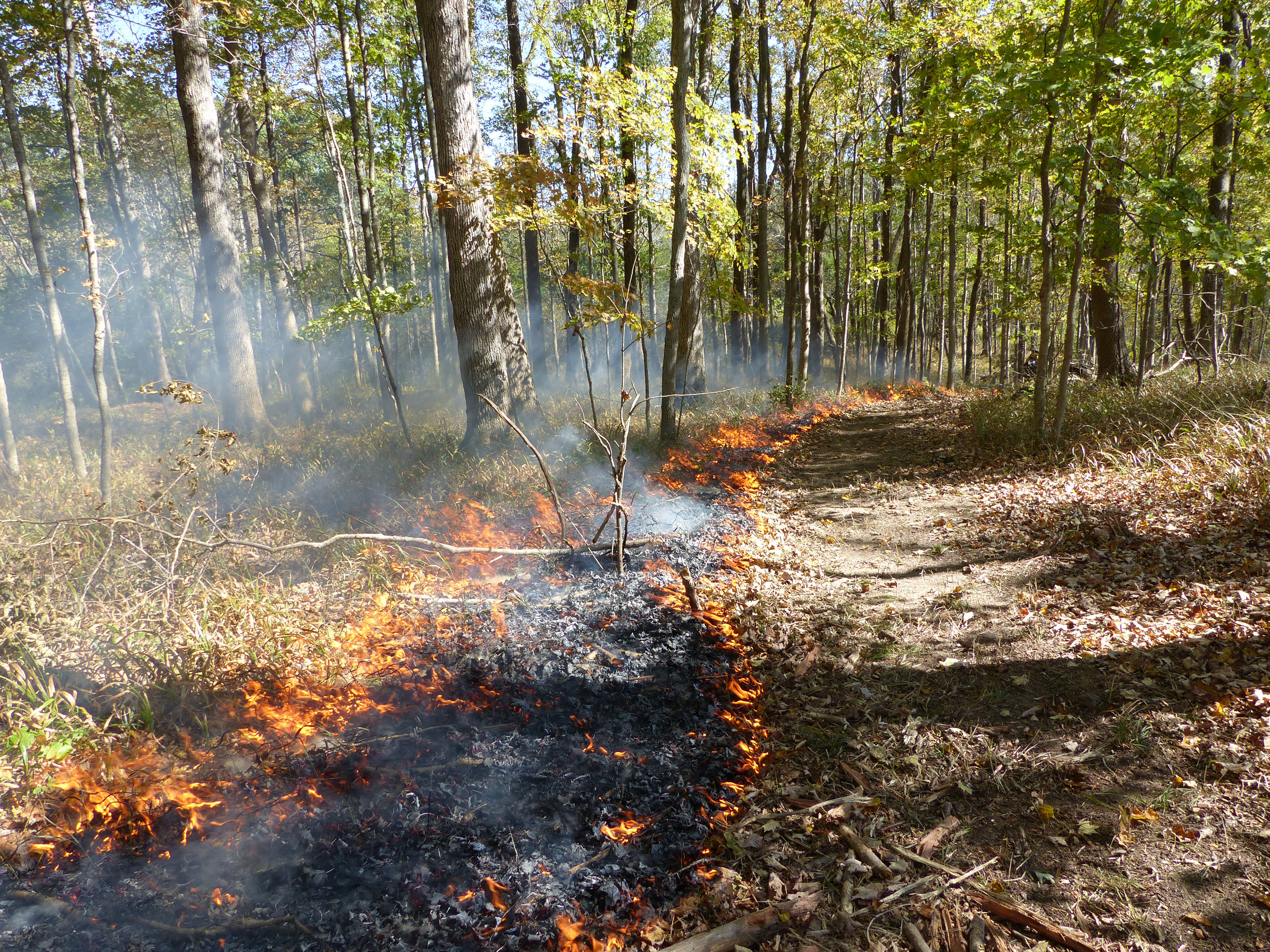
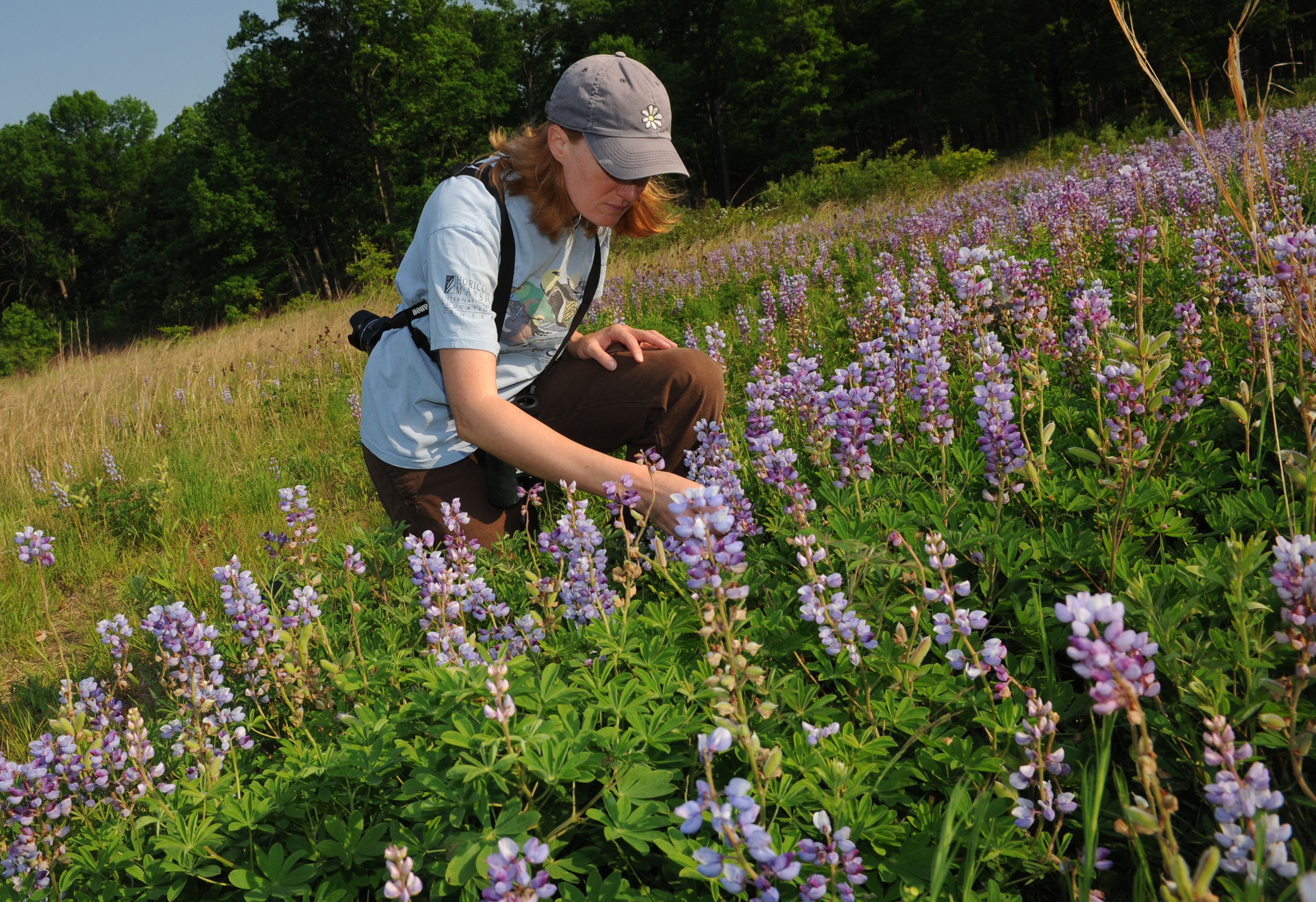
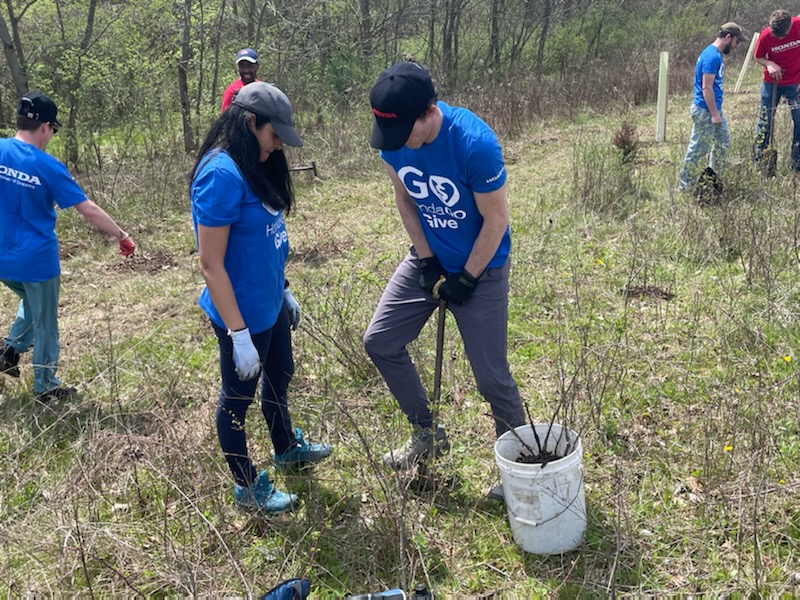

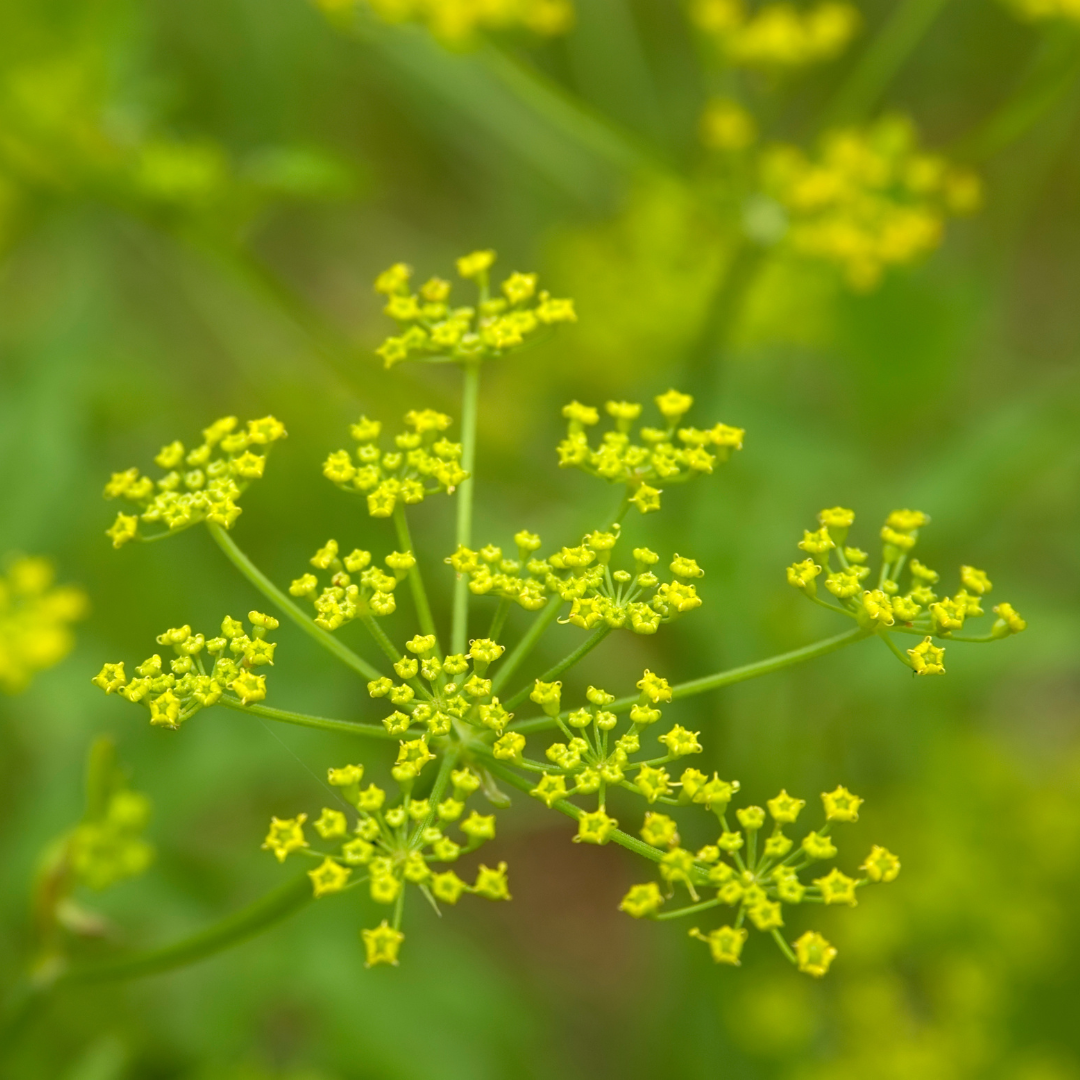
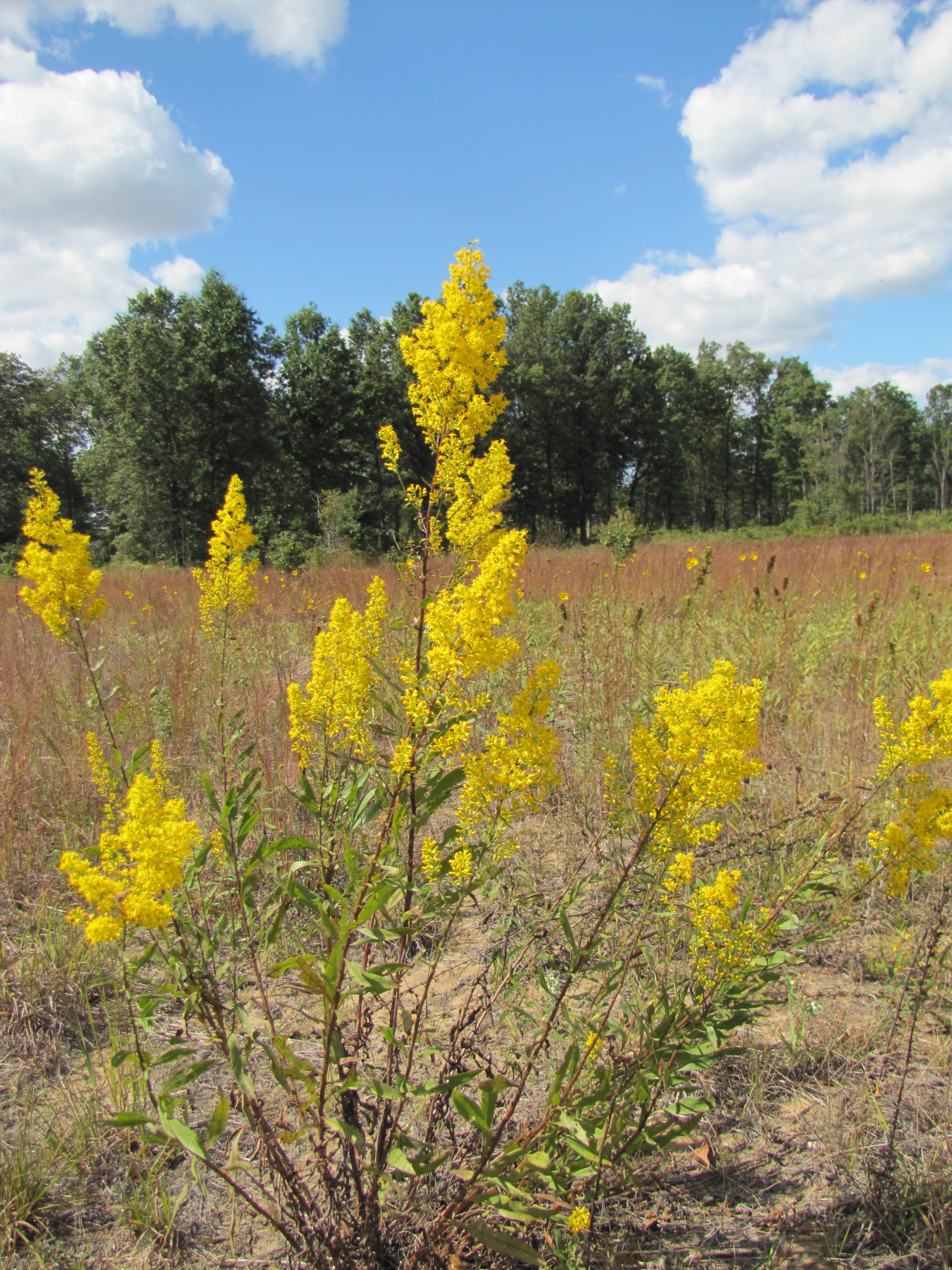
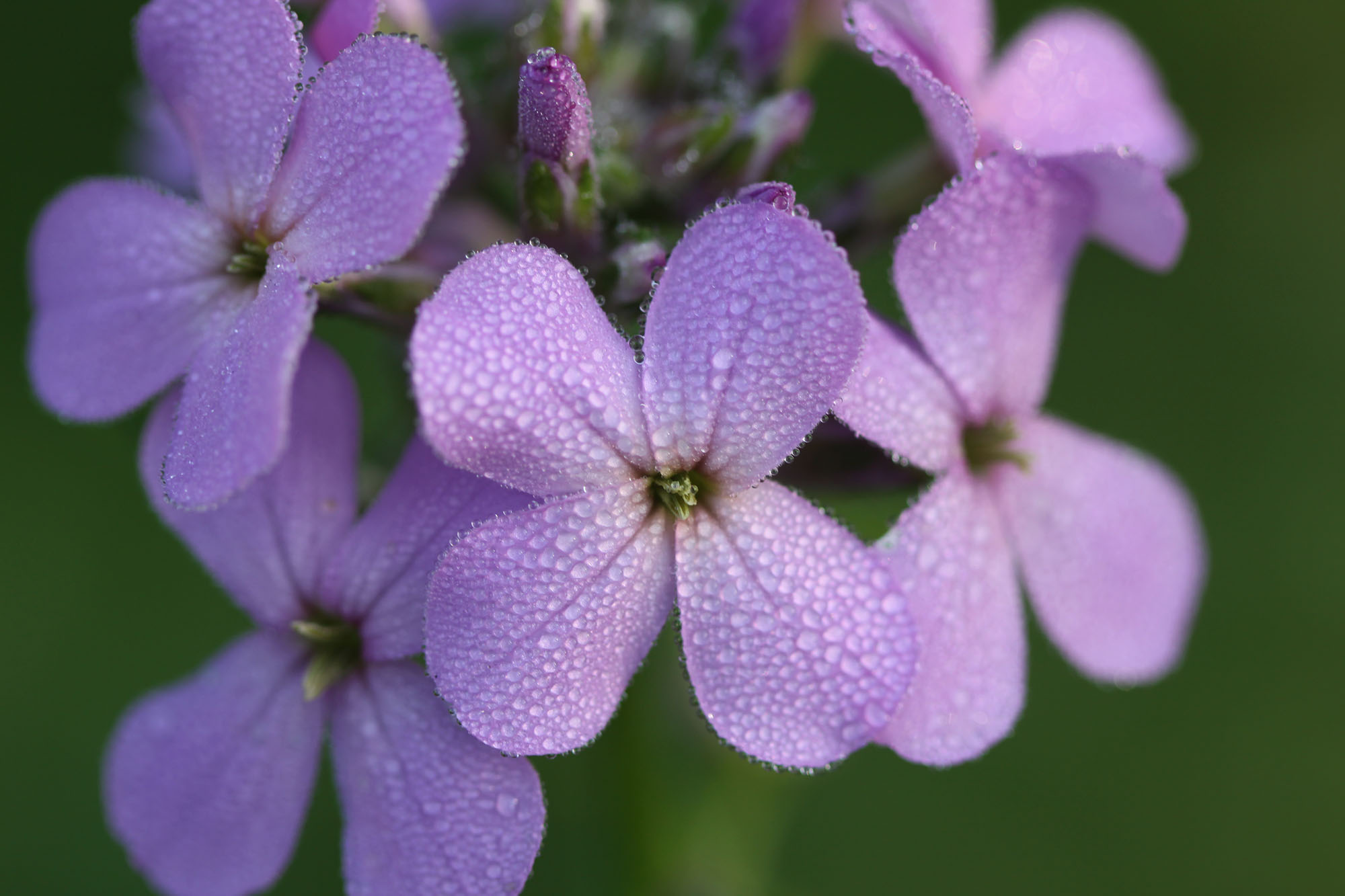
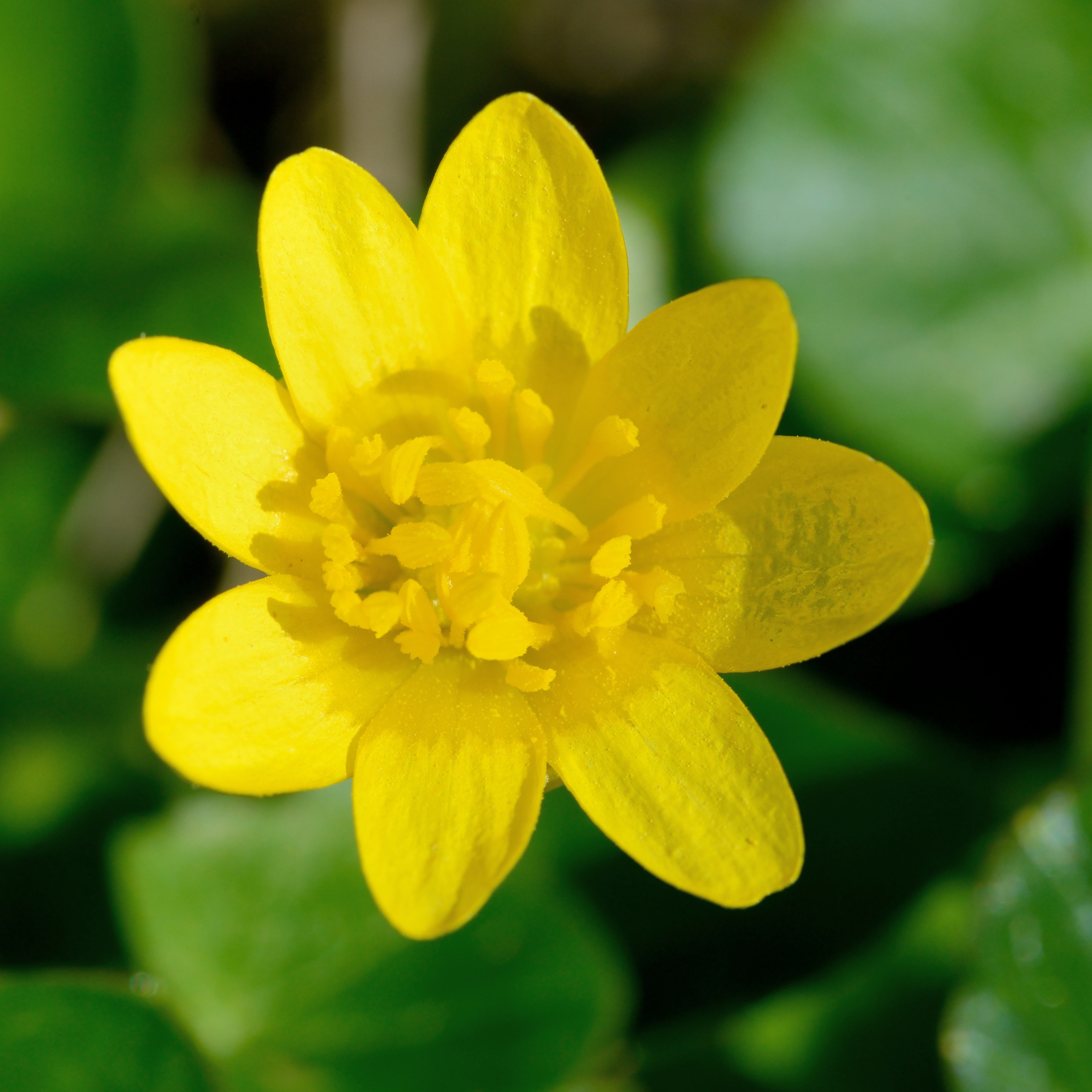
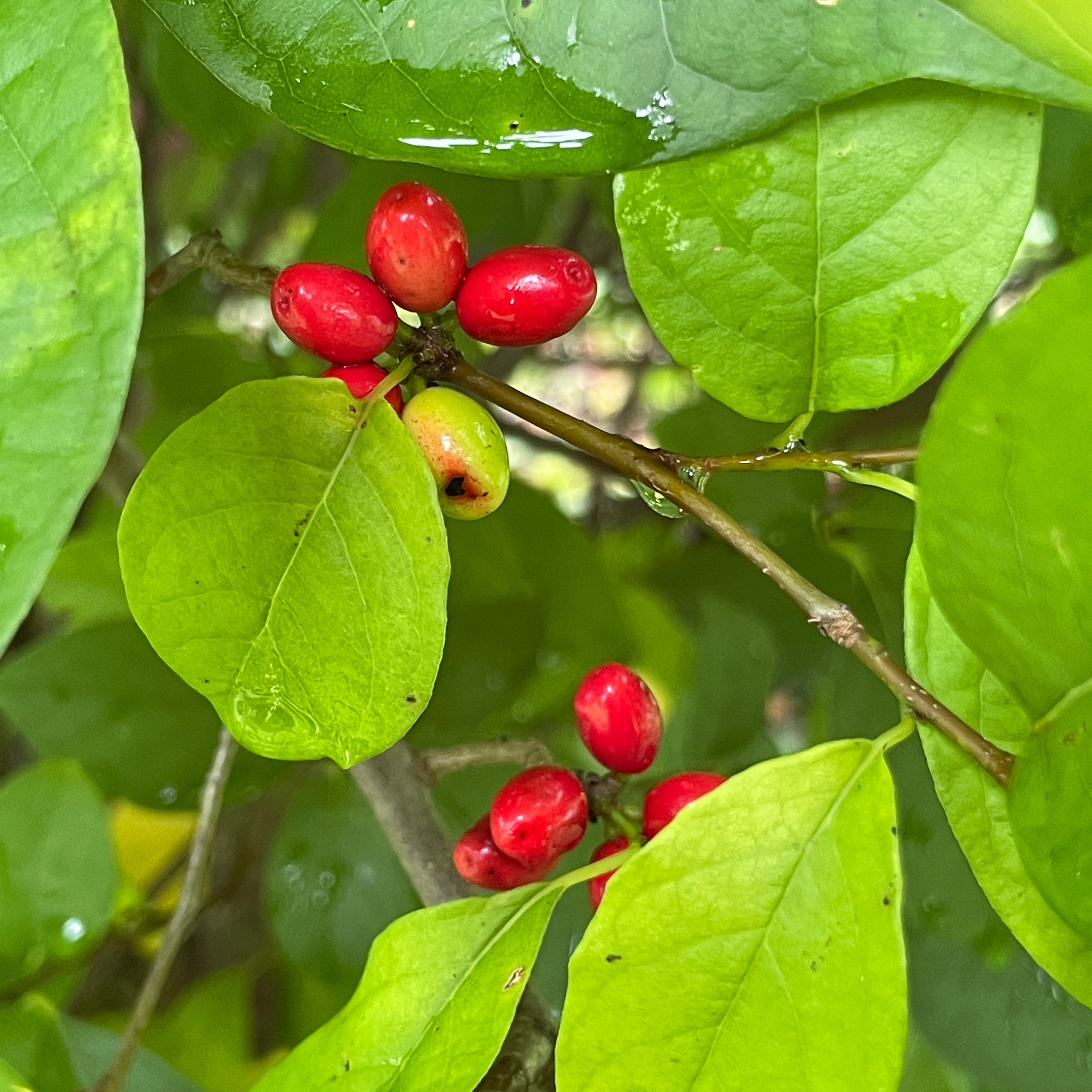
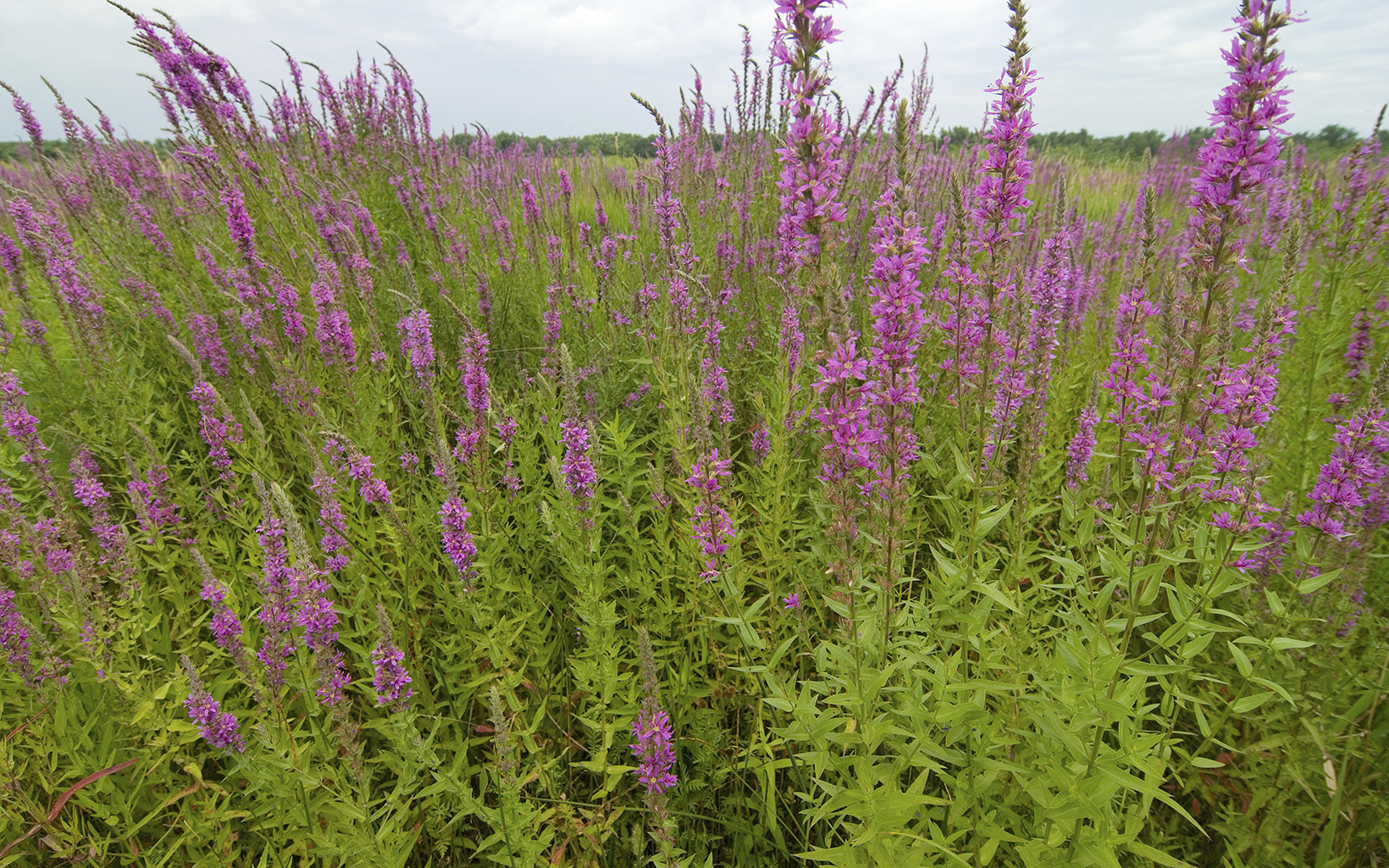
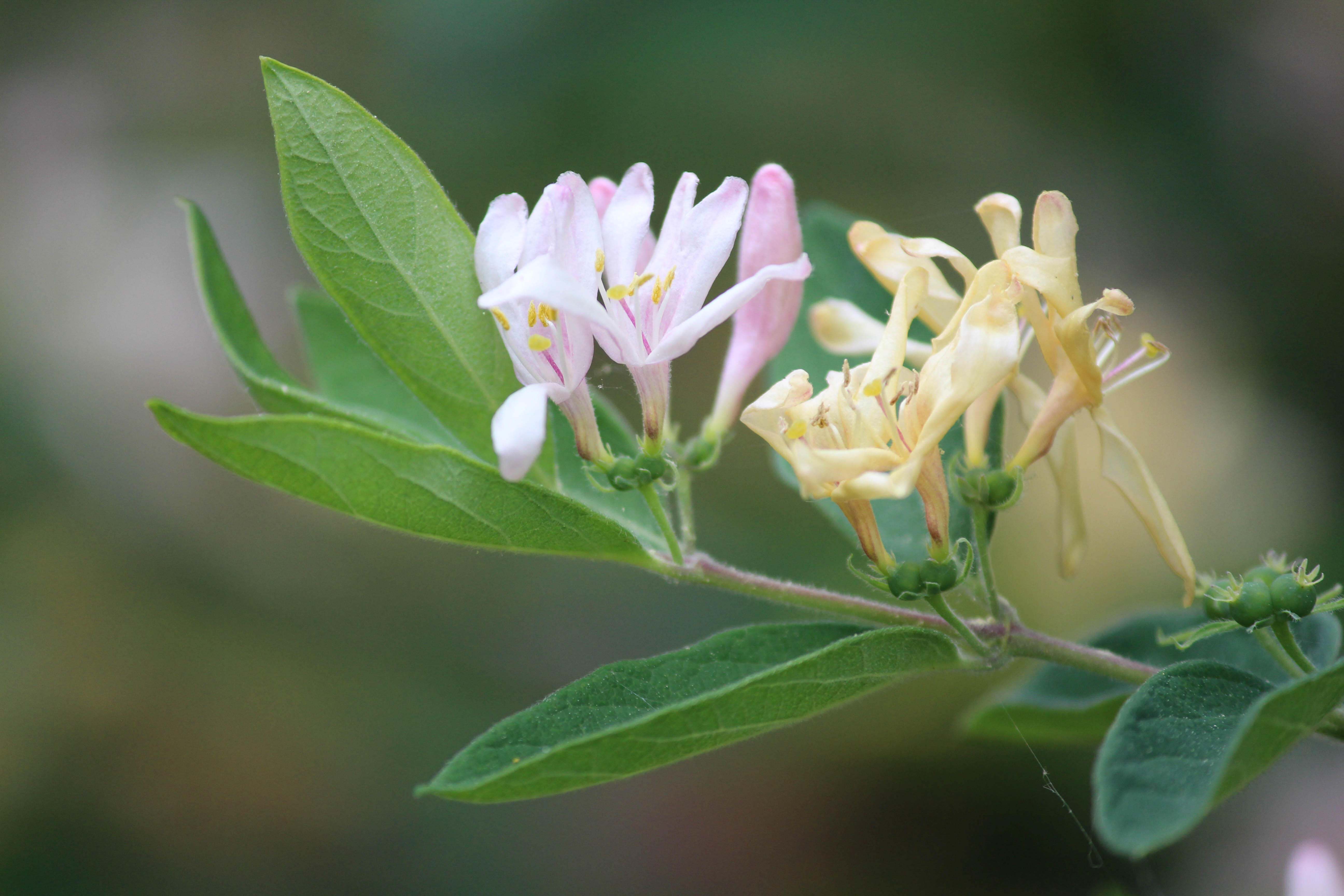
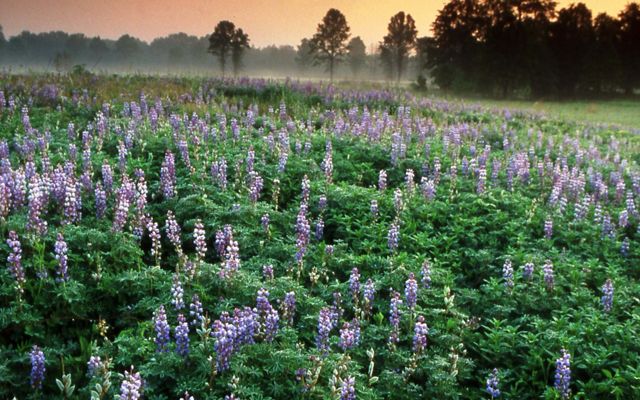
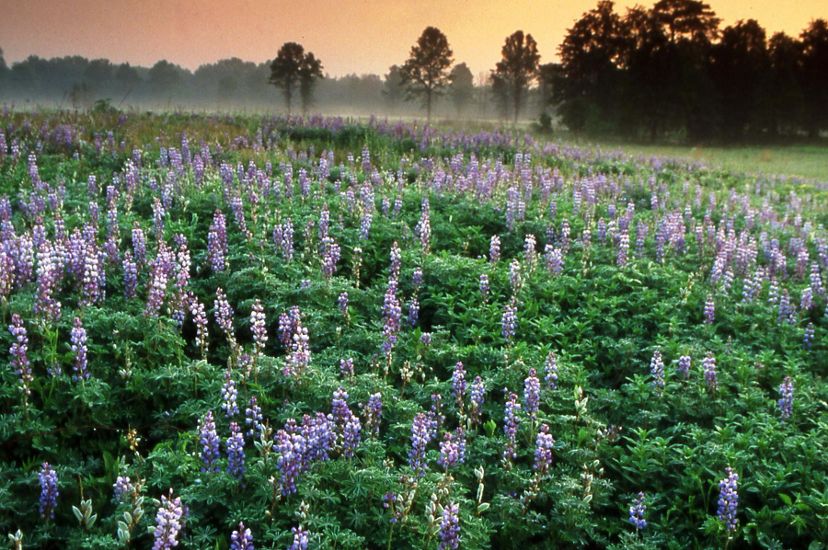

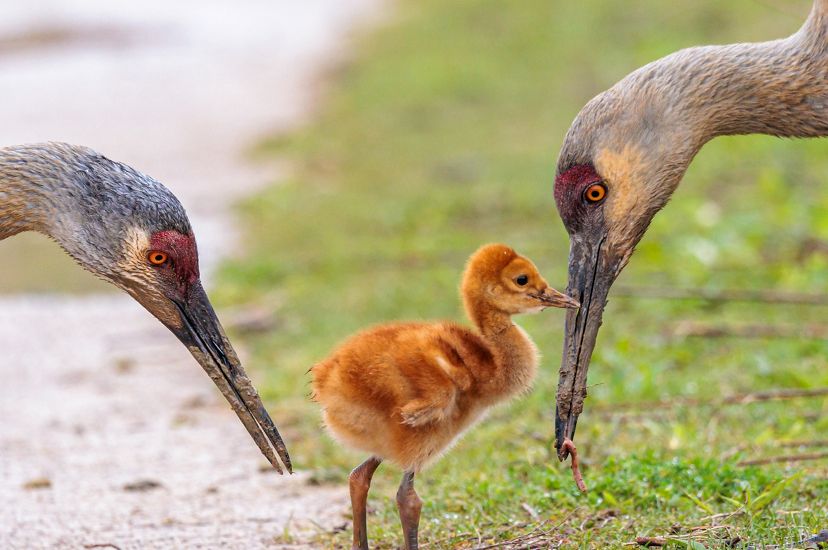
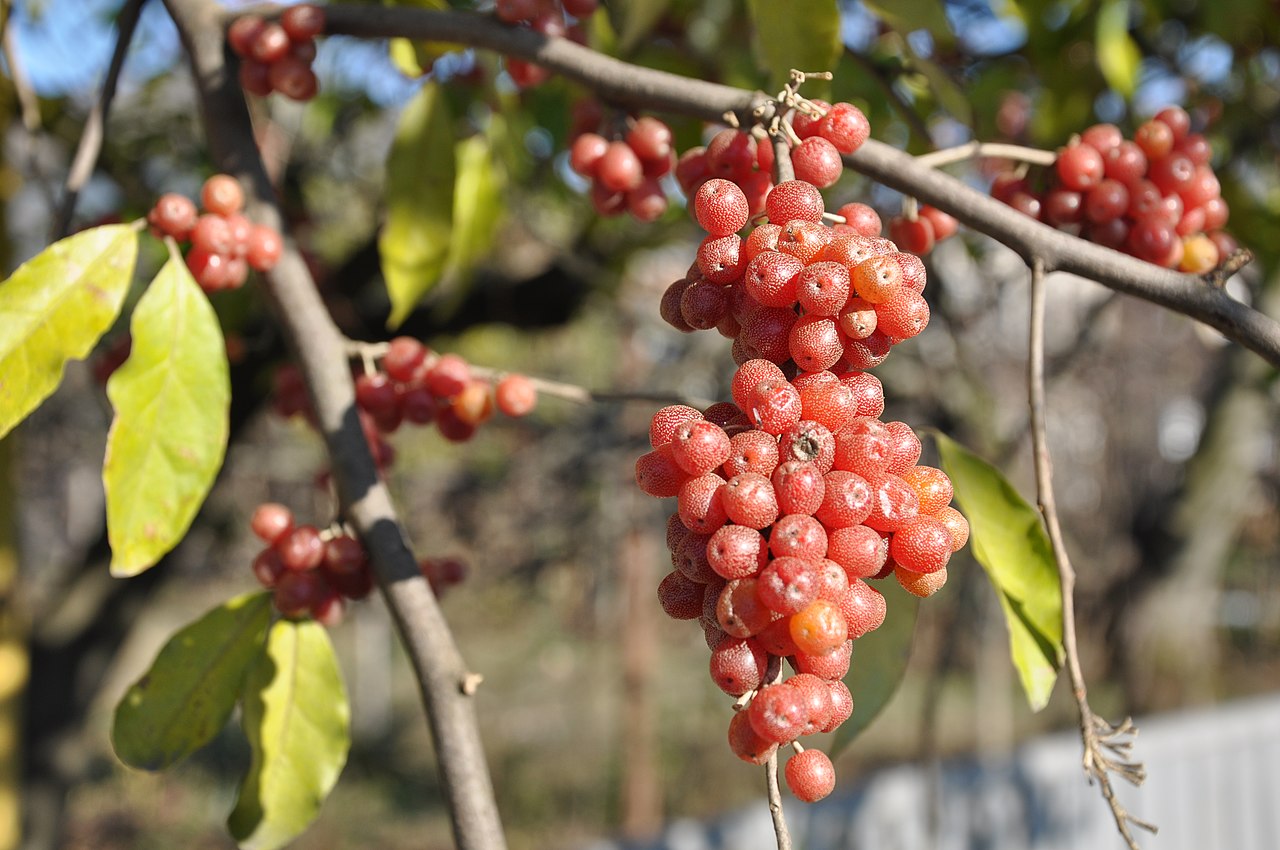

.jpg)
